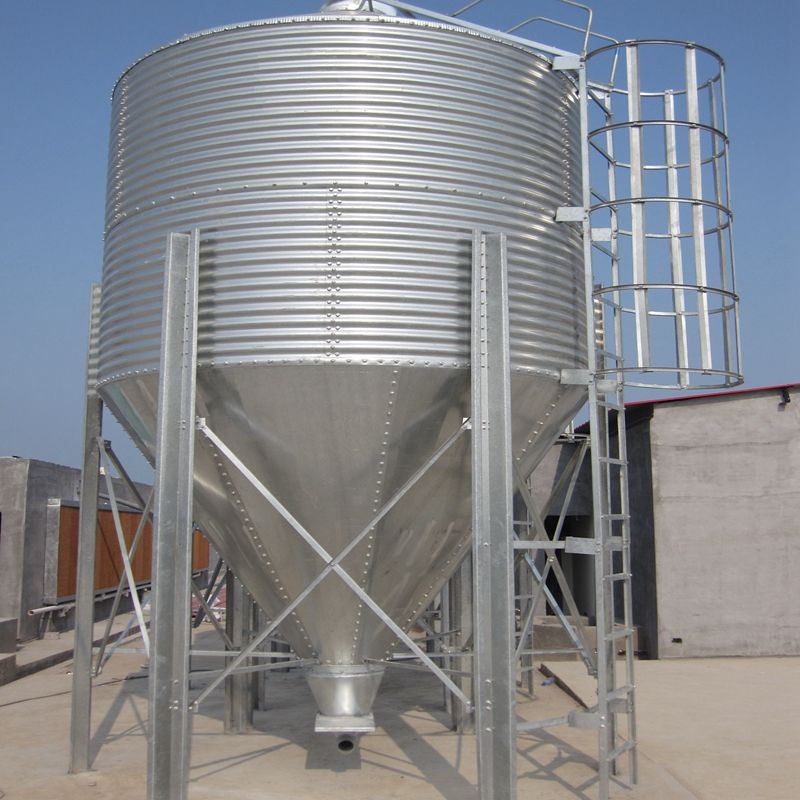fish feed mixer machine
Nov . 24, 2024 16:12 Back to list
fish feed mixer machine
The Importance of Fish Feed Mixer Machines in Aquaculture
Aquaculture is one of the fastest-growing food production sectors globally, offering sustainable solutions to meet the increasing demand for fish and seafood. As the industry expands, the need for efficient and high-quality fish feed has never been more critical. This is where fish feed mixer machines come into play, playing a pivotal role in the formulation and production of nutritious and balanced feeds for fish.
What is a Fish Feed Mixer Machine?
A fish feed mixer machine is a specialized piece of equipment designed to blend various ingredients into a uniform feed product for aquatic animals. The machine ensures that all components, including fishmeal, grains, vitamins, and minerals, are thoroughly mixed to create a nutritionally balanced feed. By utilizing a mixer, fish farmers can customize the feed formulas to meet the specific dietary needs of their fish species, improving growth rates, health, and overall productivity.
Types of Fish Feed Mixer Machines
There are several types of fish feed mixer machines available on the market, each designed to cater to different production capacities and operational requirements. The most common types include
1. Horizontal Mixers These mixers have a cylindrical shape and a horizontal orientation, featuring paddles that blend the ingredients as they move through the chamber. They are known for their efficiency and capacity to handle large quantities of feed.
2. Vertical Mixers Vertical mixers work on a similar principle but are designed vertically. They mix ingredients in a smaller footprint, making them ideal for smaller farms or operations with limited space.
3. Batch Mixers These mixers process fixed quantities of feed in one go, allowing for better control over the mixing process. Batch mixers are suitable for operations that require flexibility in feed formulation.
fish feed mixer machine

4. Continuous Mixers Continuous mixers allow for the uninterrupted mixing of feed ingredients, making them suitable for larger operations that have a constant demand for feed production.
Benefits of Using Fish Feed Mixer Machines
1. Improved Feed Quality By ensuring a homogeneous mix of ingredients, fish feed mixer machines help produce high-quality feed that meets the nutritional needs of fish. This improves the digestibility and absorption of nutrients, leading to better growth performance.
2. Customization Different fish species require different feed formulations. With a fish feed mixer machine, farmers can easily adjust the formula to include different ingredients or ratios, catering to the specific dietary needs of their fish.
3. Scalability Fish feed mixers come in various sizes, allowing aquaculture operations to scale their production as needed. Whether a small family-run farm or a large commercial operation, there is a mixer suited for the scale of production.
4. Cost Efficiency Producing feed in-house using a mixer can significantly reduce the costs associated with purchasing pre-manufactured feed. This is especially advantageous for larger operations where feed costs can constitute a significant portion of overall expenses.
5. Time-saving Automated fish feed mixers reduce the labor required to produce feed. Operators can focus on other crucial aspects of the aquaculture operation, such as fish health and farm management.
Conclusion
In conclusion, fish feed mixer machines are indispensable tools in modern aquaculture. They ensure that feed is of high quality, customized to the specific needs of fish, and produced efficiently. As the global demand for fish continues to rise, the importance of these machines will only grow, contributing to more sustainable and productive aquaculture practices. Investing in a fish feed mixer is not just a choice; it is a strategic decision that can lead to enhanced productivity and profitability in the fish farming industry. By embracing technology and optimizing feed formulation processes, fish farmers can play a crucial role in meeting the world's seafood needs sustainably.
-
Automatic Feeding Line System-Pan Feeder Nipple Drinker|Anping County Yize Metal Products Co., Ltd.
NewsJul.29,2025
-
Hot Sale 24 & 18 Door Rabbit Cages - Premium Breeding Solutions
NewsJul.25,2025
-
Automatic Feeding Line System Pan Feeder Nipple Drinker - Anping County Yize Metal Products Co., Ltd.
NewsJul.21,2025
-
Automatic Feeding Line System Pan Feeder Nipple Drinker - Anping County Yize Metal Products Co., Ltd.
NewsJul.21,2025
-
Automatic Feeding Line System - Anping Yize | Precision & Nipple
NewsJul.21,2025
-
Automatic Feeding Line System - Anping Yize | Precision & Nipple
NewsJul.21,2025






